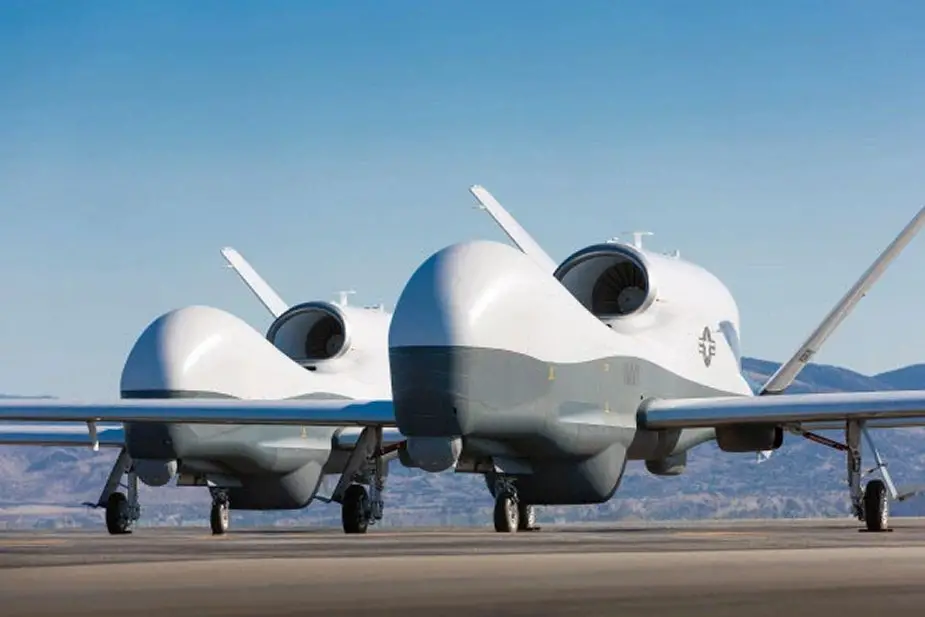Breaking news
US Navy conducts first upgraded MQ-4C Triton test flight.
According to information published by the U.S. Navy on July 29, 2021, the Navy conducted its first test flight of the MQ-4C Triton in its upgraded hardware and software configuration at NAS Patuxent River, beginning the next phase of the unmanned aircraft’s development.
Follow Navy Recognition on Google News at this link
 MQ-4C Triton Unmanned aircraft system (Picture source: Northrop Grumman)
MQ-4C Triton Unmanned aircraft system (Picture source: Northrop Grumman)
The MQ-4C Triton flew in its new configuration, known as Integrated Functional Capability (IFC)-4, which will bring an enhanced multi-mission sensor capability as part of the Navy’s Maritime Intelligence, Surveillance, Reconnaissance and Targeting (MISR&T) transition plan.
Triton's Integrated Test Team (ITT) comprised of the U.S. Navy, Australian cooperative partners, and government/industry teams completed a functional check flight and initial aeromechanical test points, demonstrating stability and control of the MQ-4C after a 30-month modification period.
Multiple Triton assets have been modified into the IFC-4 configuration in support of IOC in 2023. A single test asset is in the current IFC-3 configuration to support sustainment of deployed systems as well as risk reduction for IFC-4.
Currently, two MQ-4C Triton aircraft in the baseline configuration known as IFC-3 are forward deployed to 7th Fleet in support of early operational capability (EOC) and Commander Task Force (CTF)-72 tasking. VUP-19 will operate Triton to further develop the concept of operations and fleet learning associated with operating a high-altitude, long-endurance system in the maritime domain.
Triton is the first high altitude, long endurance aircraft that can conduct persistent Intelligence, Surveillance and Reconnaissance (ISR) missions to complement the P-8 in the maritime domain. The Navy plans to deploy Triton to five orbits worldwide.
The fuselage of the MQ-4C Triton is an aluminum semi-monocoque construction while the V-tail, engine nacelle, and aft fuselage are made of composite materials. It has a length of 14.5 m, a height of 4.7 m, and a wingspan of 39.9 m. It has an internal payload of 1,452 kg maximum and an external payload of 1,089 kg. The MQ-4C Triton can fly at a maximum altitude of 18,300m (60,000ft). It has a gross take-off weight of 14,628 kg. Its maximum unrefueled range is 18,427 km (9,950 nm) and has a flight endurance of 30 hours. It can reach a maximum speed of 575 km (357 mph).



























